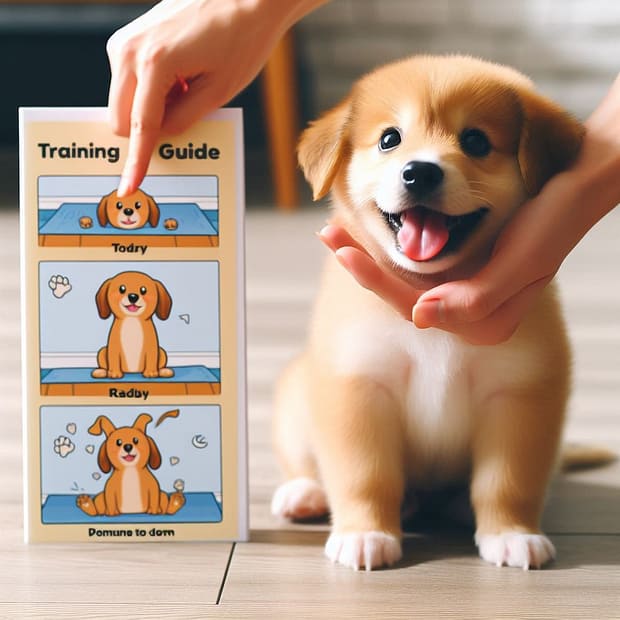Are you intrigued by the idea of owning a protection dog but unsure where to start? Curious about the differences between sport dogs and real-life protection dogs? Let’s dive into the world of protection dogs with insights from a seasoned owner who has firsthand experience with these remarkable canines.
Key Takeaways:
- Real-life protection dogs require significant time, resources, and dedication to training and maintenance.
- Sport dogs and real-life protection dogs serve different purposes and undergo distinct training regimes.
- It’s essential to conduct thorough research and seek guidance from reputable sources when considering acquiring a protection dog.
- Understanding the breed characteristics and lineage is crucial when selecting a potential protection dog.
Understanding the Distinction: Sport Dogs vs. Real-Life Protection Dogs
Sport Dogs:
- Sport dogs participate in activities like IGP (formerly IPO), KNPV, or bite sports such as French Ring.
- Training for sport dogs focuses on testing their nerves, drive, and ability within a controlled environment.
- Sport training differs significantly from real-life protection training, as it does not replicate actual scenarios encountered by protection dogs in the field.
Real-Life Protection Dogs:
- Real-life protection dogs are trained to provide security and protection in various situations, including confronting threats and deterring potential attackers.
- Training real-life protection dogs involves simulating real-world scenarios to ensure they can respond effectively to threats.
- Owners of real-life protection dogs must be prepared to invest considerable time and resources into ongoing training and maintenance.
Insider Tips for Prospective Owners:
1. Recognize the Commitment:
- Owning a protection dog entails a significant commitment of time, resources, and responsibility.
- Prepare to invest hundreds, if not thousands, of dollars per month in training and maintenance during the initial year and beyond.
2. Avoid Misleading Claims:
- Be wary of breeders or trainers who promise fully trained protection puppies at a young age.
- True protection dog characteristics typically emerge around one year of age, with additional training and maturity.
3. Seek Reputable Sources:
- Research reputable breeders and trainers with a proven track record in producing and working with protection dogs.
- Avoid breeders who market sport dogs as potential protection prospects without adequate experience or knowledge.
4. Understand Breed Characteristics:
- Consider the breed’s characteristics and lineage when selecting a potential protection dog.
- German Shepherds and Belgian Malinois are popular choices for protection work but require experienced handling due to their high energy and drive.
5. Explore Trusted Resources:
- Consult established organizations and professionals specializing in protection dog breeding and training.
- Taylormade Working Dogs, Gold Coast K9, and Adlerhorst International are reputable options for acquiring protection dogs.
Personal Insights and Recommendations:
1. High-Drive Sport Dogs:
- Observing sport clubs and interacting with handlers can provide valuable insights into living with high-drive working breeds.
- Sport dogs offer a natural deterrent and excel in various activities, but they require significant time and resources for training and maintenance.
2. Real-Life Experience:
- Real-life protection dogs demand a dedicated commitment but offer unparalleled security and companionship.
- While challenging to live with, well-trained protection dogs are invaluable assets in providing safety and peace of mind.
Final Thoughts:
Acquiring a protection dog is a significant decision that requires careful consideration and preparation. Whether opting for a sport dog or a real-life protection companion, prospective owners must understand the commitment involved and seek guidance from reputable sources. By delving into the world of protection dogs with an informed perspective, individuals can embark on a rewarding journey with their canine companions.
If you have any questions or seek further guidance, don’t hesitate to reach out for assistance. Your journey to owning a protection dog starts with informed decisions and responsible choices.











